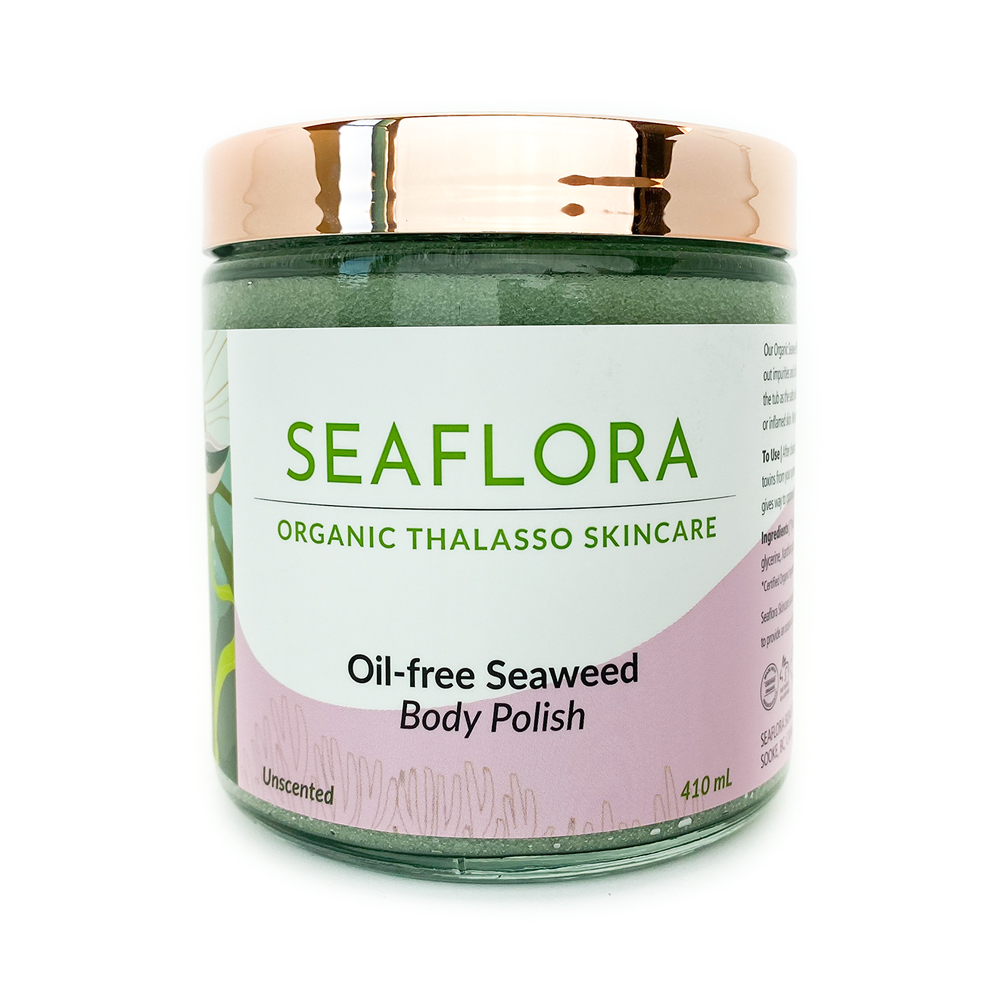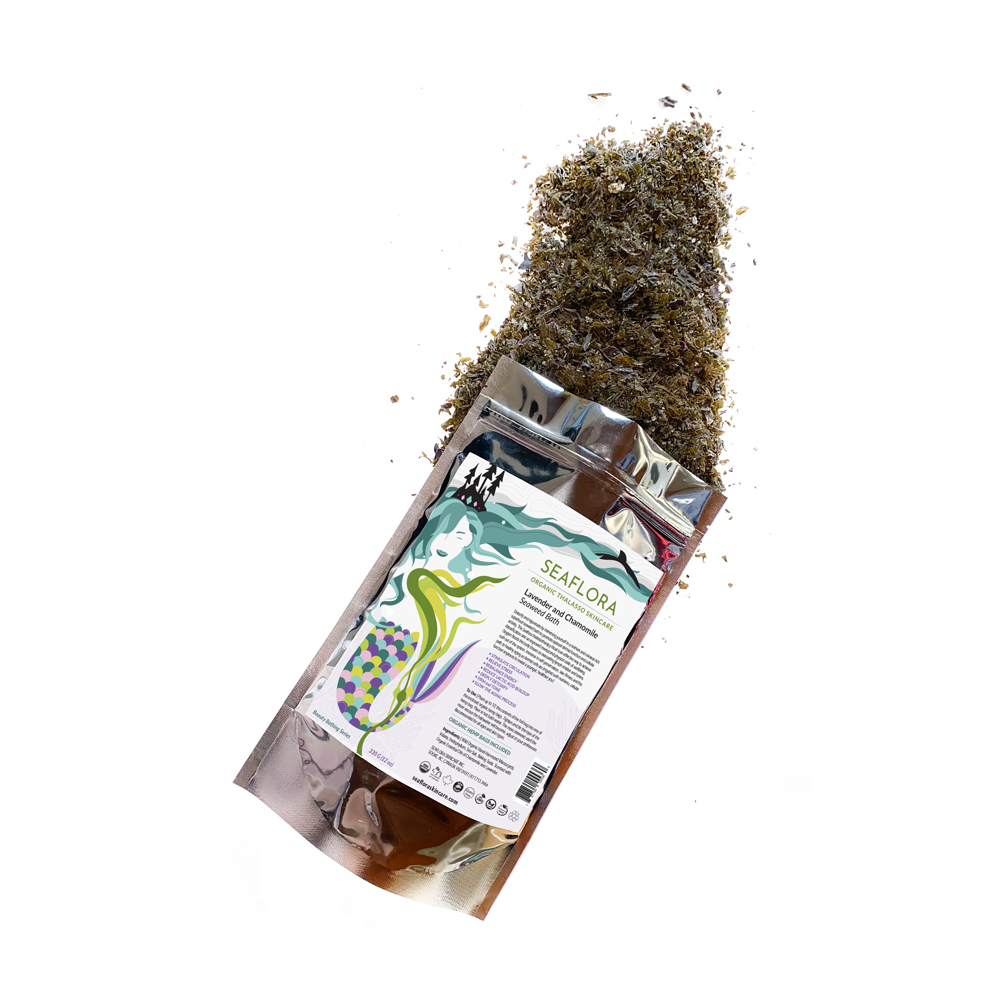Skin pH – The Only Guide You’ll Need
Skin pH has everything to do with the health of your skin. Despite these 2 little letters sounding scary it’s pretty simple to find a skincare that reflects the correct pH balance! Keep reading to learn about pH, how it affects your skin, and why you need to know about it.
What is pH?
The term ‘pH’ refers to ‘potential of hydrogen‘. The pH measurement of a solution is determined by a pH scale from 0-14, with 7 being neutral. Below 7 is acidic (like lemon juice at pH 2) and above 7 is alkaline, or basic (like ammonia at pH 12). The pH system is logarithmic. This means pH 4 is ten times more acidic than pH 5, while pH 4 is 100 times (10 x 10) more acidic than pH 6.

Skin pH
Collective research shows the skin’s natural pH is about 4.7. When we’re born, our skin has a neutral pH. But, after a couple weeks, our skin becomes acidic. As we age, our skin’s balance changes with us. Interestingly, the skin of biological males is more acidic than that of biological women. The skins surface is naturally acidic, which makes it compatible with any acidic skincare products.
The Acid Mantle of our skin is what maintains it’s acidity and protects us from bacteria and viruses. Ceramides, cholesterol, enzymes, sweat, and the skin’s natural oils all work to maintain this protective barrier. The Acid Mantle is also responsible for helping to protect to skins microbiome, making it more difficult for pathogens to multiply.
How does pH Affect the Skin?
Its important not to disturb our skin’s balance too often. Doing so can create or worsen skin conditions including that tight, dry feeling from washing with soap bars. Most soaps are alkaline, so washing the face with soap can interfere with the skin’s natural flora. Thankfully, most skincare products are formulated with the skin’s natural pH range (from 4-7) in mind. Most mild disruptions from applying AHA of BHA leave-on exfoliant (pH 3.6) or mineral sunscreens (pH 7.5) are temporary ones.
Your skin will typically rebalance within an hour. Although, prolonged use of a product that’s too alkaline (pH 8) or basic (2.5) will cause a longer rebalancing time. It will also expose you to bacteria, and may also cause other issues like breakouts, eczema, redness and sensitivity. Avoid the daily use of products that have a pH of 8+ and below 3. There is research that shows there’s actually a benefit to using products within the safe range of pH (3.6 – 7.5). In rebalancing, the skin produces necessary substances to look smooth, supple and hydrated.
Internal pH Affects Our Skin Too
At Seaflora, we like to say that the skin is a report card of how well your internal systems are doing. If your internal balance and pH is off, your skin will be too! A balance that’s too alkaline will produce flaky, dry, and red skin. Too acidic will mean your chance of increased inflammatory responses goes up. This would show up with skin conditions like eczema and acne (although acne can also be hormonal).
Layering Different pH’s
People wonder if it’s okay to layer skincare products with very different pH’s. Good news: you don’t have to wait to apply your next product. Despite what most people think, two different product’s pHs won’t interact or affect the effectiveness of the products. As we said before, the pH of skincare products are usually in mind when formulation takes place, meaning they get stabilized before they’re sold to you, and won’t change even if applied at the same time as another product. Chemically (during normal use), it’s impossible for higher-pH products (below 7) to make lower pH products (above 7) ineffective, and vise versa.
What we’re saying is to try and focus more on avoiding products that have a pH below 3 and above 8! These will cause your skin to need a longer healing process, and potentially expose it to harm. Keep an eye on your internal balance, eat properly, drink lots of water, and watch for signs of possible imbalances. Opt for natural products to keep you and your skin healthy!



